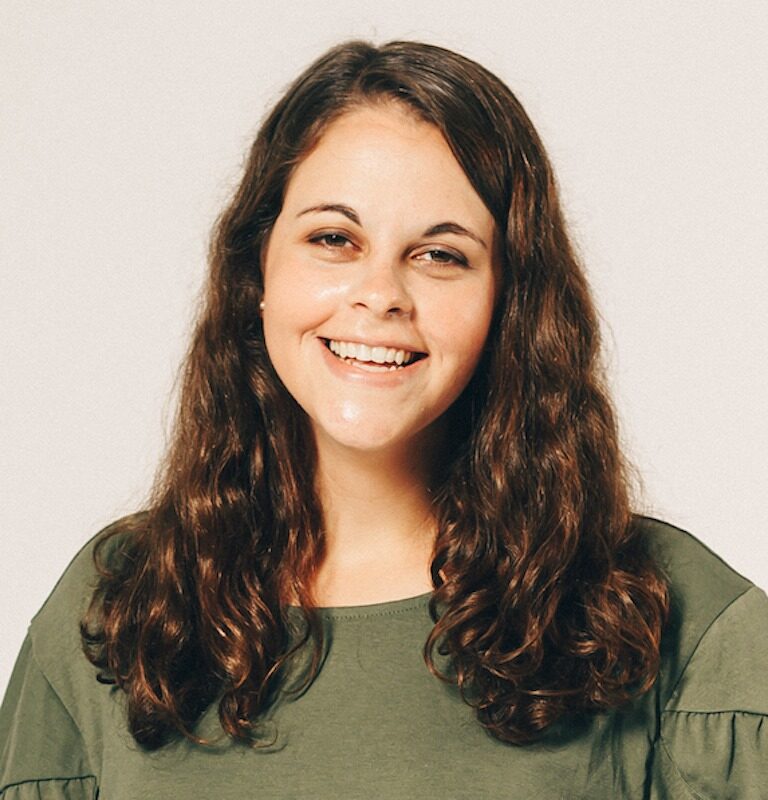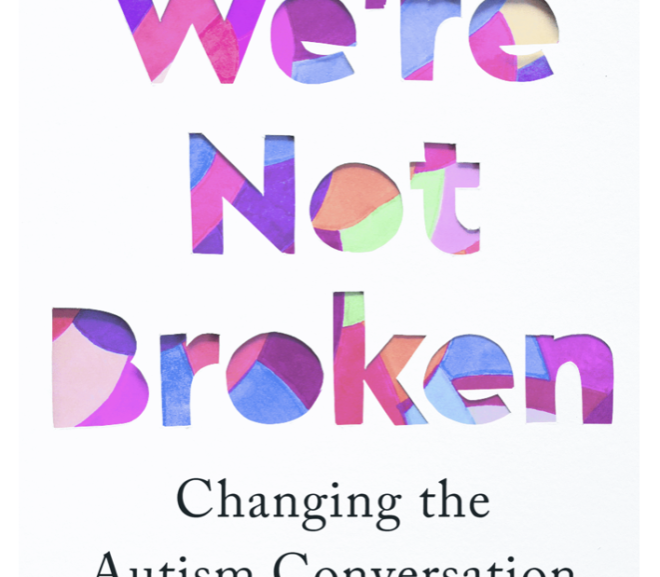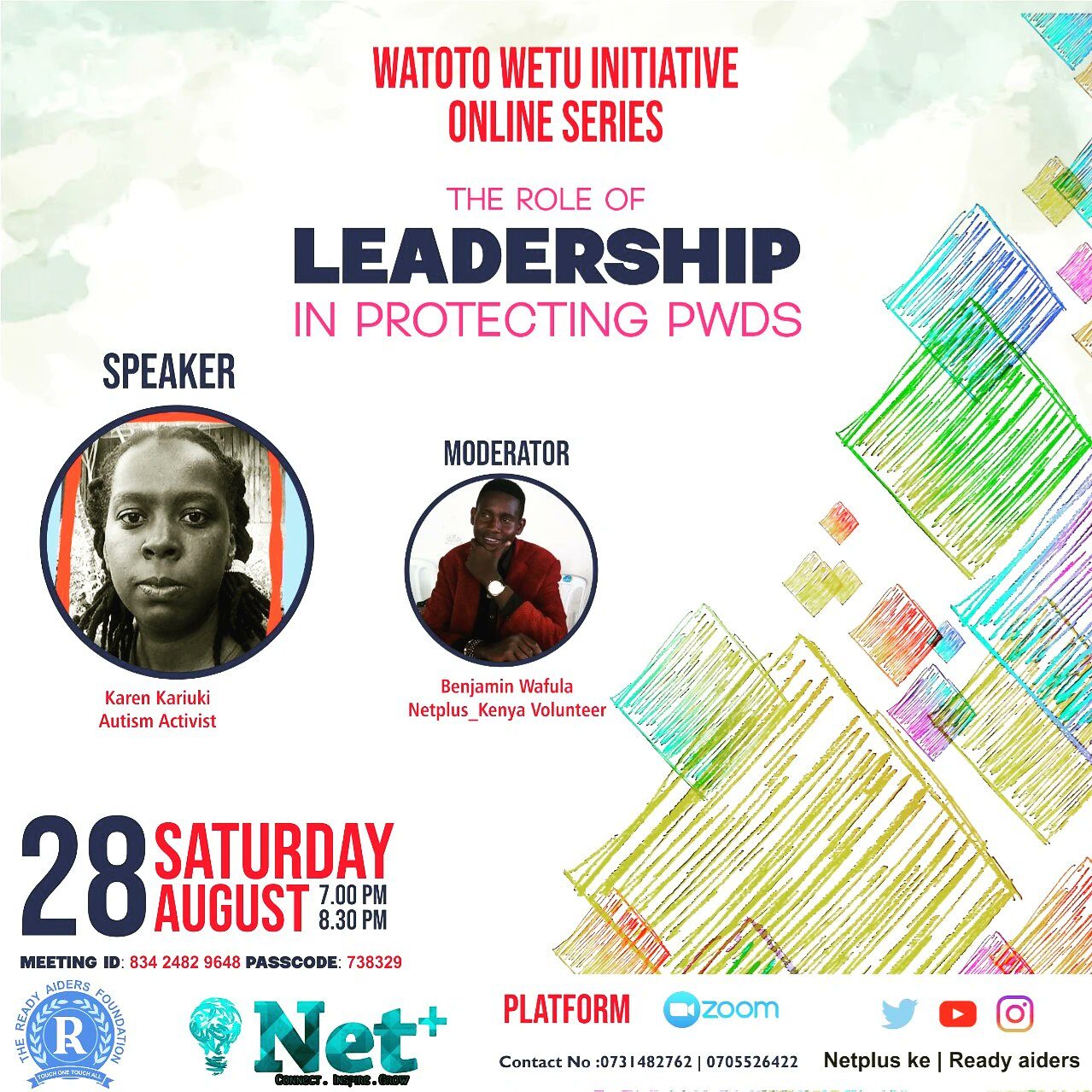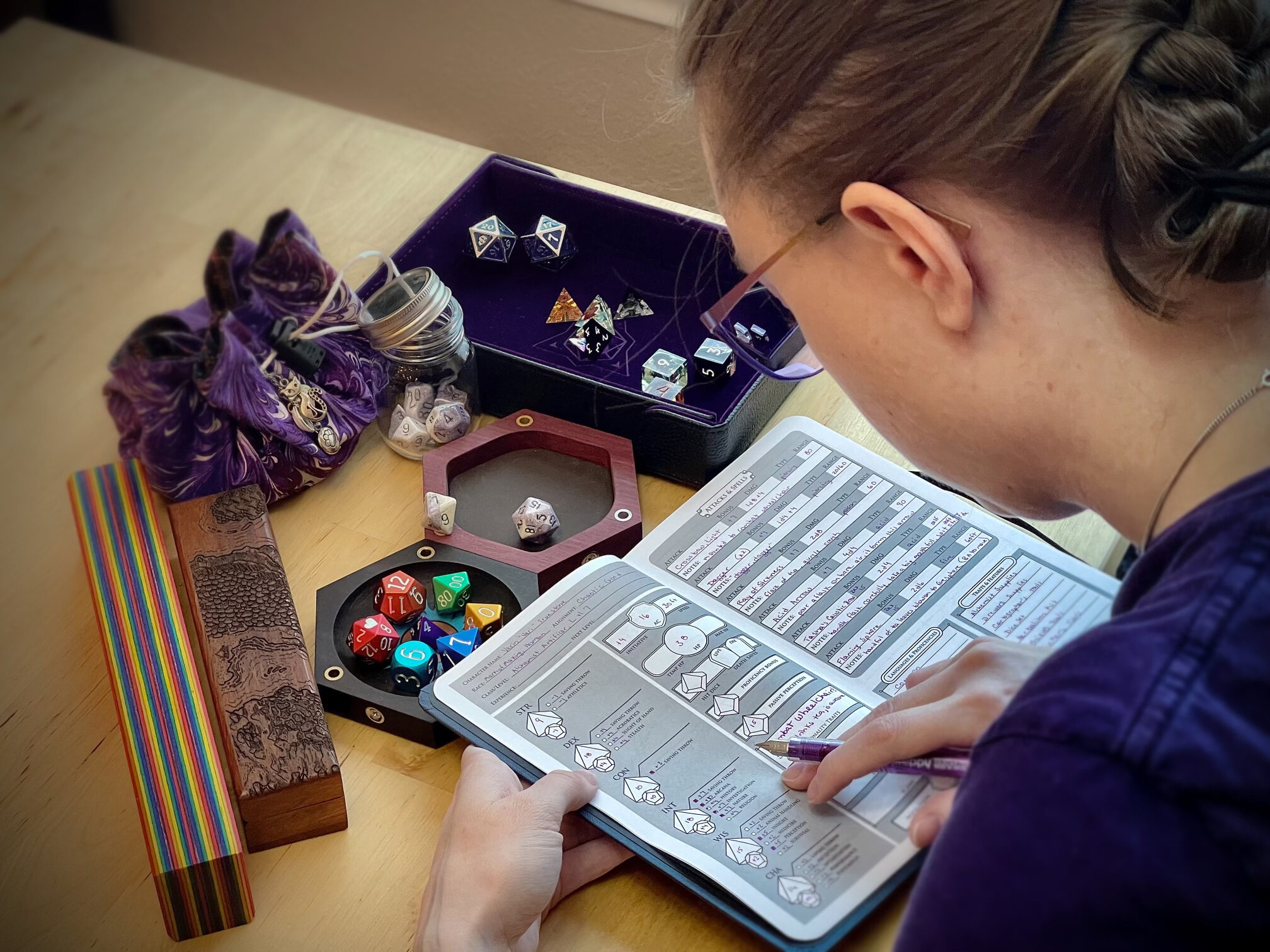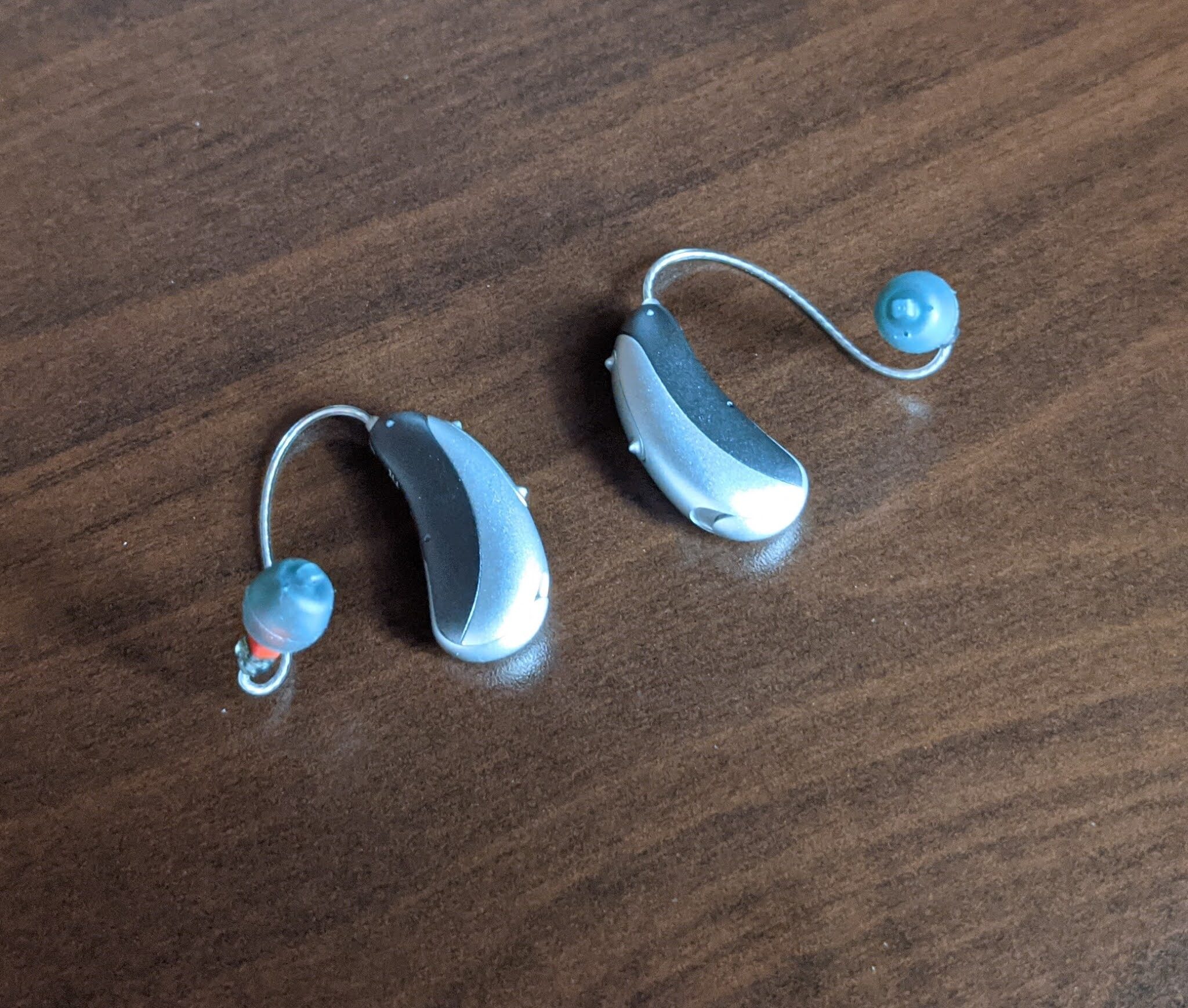For a person with heightened sensory sensitivity, clothing and accessories can make or break an entire day out; here are suggestions for clothes, accessories, and miscellaneous accoutrements that might work.
Category: Autistic
Jordyn Zimmerman’s story, as told in the new documentary This Is Not About Me, is an example of how non-speaking autistic people can blossom when communication becomes possible.
“The way we diagnose kids overwhelmingly leads to Black and Latino kids getting diagnosed with behavioral disorders instead of autism. It also excludes a lot of women and femme people, to say nothing of transgender males and nonbinary people. We also ignore a lot of people for whom English is a second language.”
I could only feel was what was missing. I couldn’t hear his voice. I couldn’t smell him near me. There were no more cuddles and no more hugs. That the sensory input of love and family that I had known every day since I born was no longer in my life.
For the most part, autistic people and our families do not want funds to be used on genetic research, and would prefer them to be used to focus on services and societal interventions that can impact the wellbeing, quality of life, and mental health of autistic people across the lifespan.
We need to highlight the plight of autistic people in Kenya, especially in rural areas where many autistic people are kept hidden and abused. It helps for information about autism in Kenya to appear in blogs and videos.
You know where I didn’t learn how to figure people out like that? Anywhere that was not a game. Not in previous jobs, not in books, not in school. I learned these life skills using a table top role playing game (TTRPG), purely by accident.
Overall, the hearing aids have been hugely helpful. It’s easier to participate in conversations and less tiring. I no longer feel like someone’s spraying me with a hose full of confusion and painful sounds—I’m just interacting! It’s also much easier to be around background noise.
Sound dampening a space, especially at home, can be helpful for a lot of reasons: Many autistic people have auditory sensitivity, and sounds can be a reason for sensory overload.
When you have a meltdown it’s as if the world is ending. Everything is too much, and you feel like an overwhelming darkness has engulfed your very being. Irrepressible anger that may seem completely irrational to an outsider can be inwardly devastating us internally.

